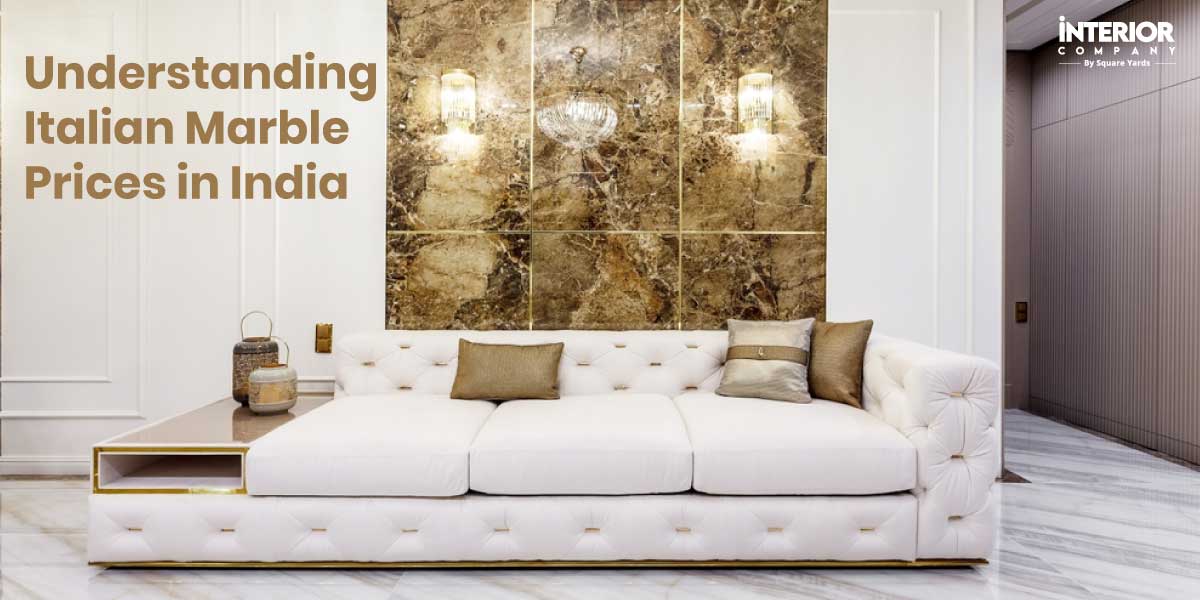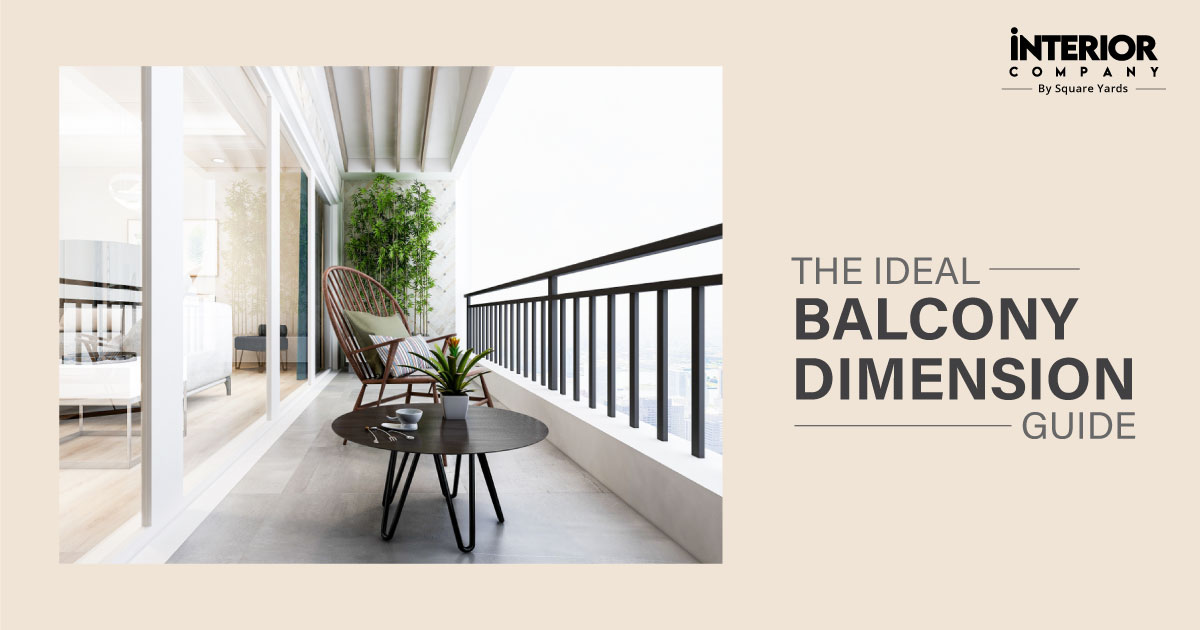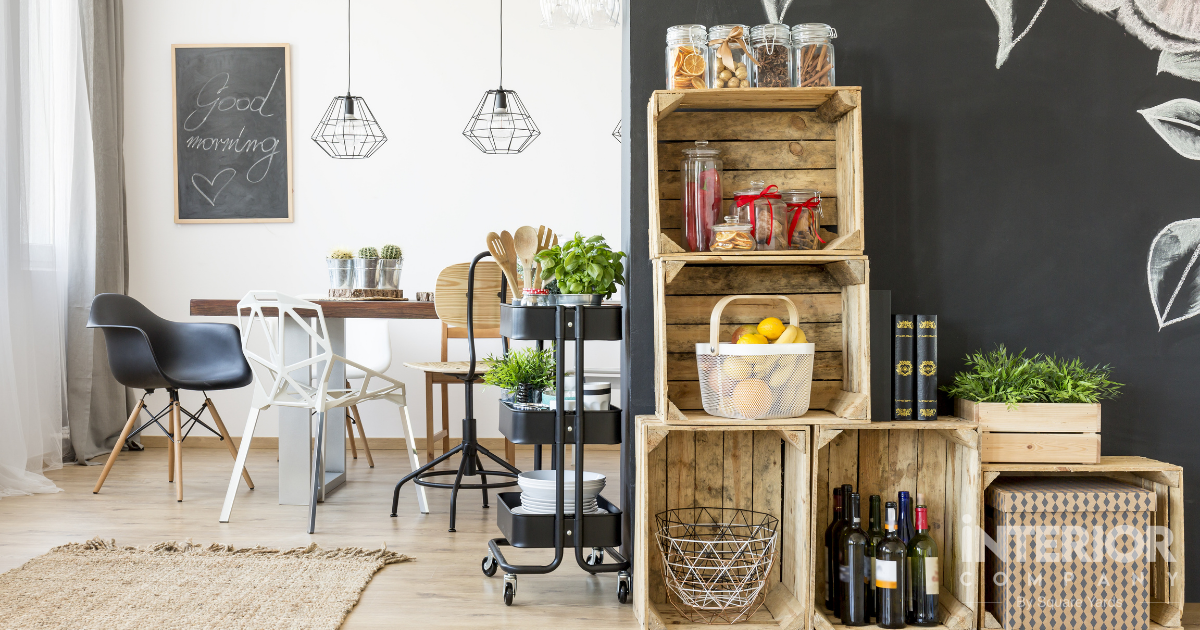- Home
- Trends
- Furniture And Decor
- Indoor Plants
- Daffodil Flowers Indp
Plant Care & Growing Guide: How To Take Care Of Your Daffodils Like A Baby!
Are you looking for a picture-perfect spring bloomer plant to add hues of bright colour to your garden? If that’s a thumbs up, then lay your eyes on Daffodils and look no further. Add prosperity, good fortune and cheer to your garden by bringing these bright yellow blooming baby’s home. To know more about the daffodil flowers keep scrolling!
Table of Content
When Is The Good Time To Plant Daffodils?
Tips & Tricks To Grow Daffodils
Important Facts To Keep In Mind While Planting Daffodils In Your Garden
How to Plant Daffodils in Containers and Pots?
Assortment Of Daffodil Flowers
Pro Gardening Tips: How to Water Daffodils?
Potting and Repotting Daffodils
Final Thoughts
It is no secret that spring is the perfect time for fresh, new beginnings, and there is no denying that nature comes to life during the season. It is the time to step out and delight in the pleasant aura of the outdoors with new leaves on the trees, flowers blooming and the weather just picking back up. Daffodils, the familiar bloomers, are the epitome of spring lighting up the milieu of indoor as well as outdoor gardens. They are witnessed all around during the season, and the good thing about these pretties is that they are easy to grow and do not demand much care. Daffodils are an easy perennial quite popular in most regions of North America and are well-known as a fall-planted bulb since they are best to plant in autumn so as to flourish in late winter or early spring.
Commonly known as Nargis in India, Daffodils grab the eyeballs with long cups, star-shaped blooms and beautiful yellow petals. These colourful narcissus flowers are vibrant and hardy and can last for many years with little care. A gorgeous spring bulb plant, Daffodil flowers make a wonderful early bloomer for flower beds. Aren't they perfect for adding a dash of yellow to your home garden?
When Is The Good Time To Plant Daffodils?
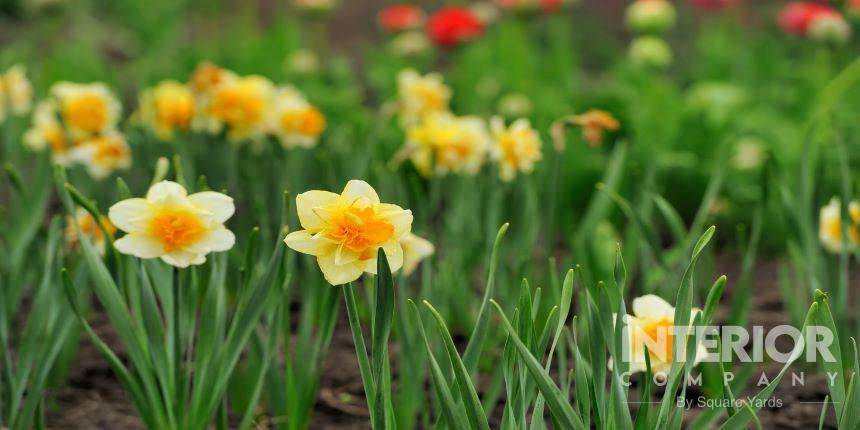
As we mentioned above, the best time to plant daffodil bulbs is the autumn season, just prior to 2 to 4 weeks before the winter springs in.
Now, let's hit the direct chord and learn how to choose the perfect place for decking your daffodils:
- Find a corner where there is full or partial sunlight at least because Daffodils demand adequate exposure of early spring sunlight to bloom and blossom
- Though Daffodils can bear a variety of soils, they grow best in well-drained and moderately fertile soil that is kept moist throughout the blooming season. These plants are prone to rot when they are kept too wet, so you are advised to plant them in a perfectly draining corner.
- Most Daffodils require neutral to acidic soils, however, some demand slightly alkaline soils. It is always better to consult the gardener and ask them about the soil type.
- The plant gradually produces new, 'daughter' bulbs attached to the main bulb that was planted at first. This will create beautiful little clumps of daffodils that are going to be contained to where they were planted.
Tips & Tricks To Grow Daffodils
- Pick rich-quality, large daffodil bulbs that are not dry at all. It will be better to go for the larger ones.
- Though these plants can bear some flocking, however, they require a space of about 3 to 6 inches apart.
- This will help to sprinkle a little bulb fertilizer in the hole while planting.
- Do not forget to cover the bulb with at least 3 inches of soil so as to protect them from the harsh winter.
- Keep the plants covered in order to protect them against cold and drying winds in spring. Make sure to plant with the pointy end as deep as the bulb about 2 to 3 times. For instance, a 2-inch long bulb should be planted at least 4 inches deep whereas a 3-inch long bulb should be 5 inches.
- The plants contain a substance called oxalic acid that can make them harsh and unpalatable. Thus, we suggest you consider adding sharp pieces of shells into and around the planting holes.
Important Facts To Keep In Mind While Planting Daffodils In Your Garden

- Daffodils can be planted in soil that is 60 degrees Fahrenheit or colder. And it reaches this temperature in the month of September or October in the North, and in October or November in the South.
- Choose a spot in your garden that gets adequate sunlight or has partial shade and one that has well-draining soil.
- Place the daffodils in the ground with their pointy end up, planting the bulbs about 3-6' deep and 4-5' apart.
- Water them well once before spring ensues.
- Don't cut off the foliage once the daffodils have bloomed. You cannot remove them until they are completely withered and turn yellow.
How to Plant Daffodils in Containers and Pots?
- Again, you need to wait until it is cold outside since the daffodils grow in a soil temperature of 60 degrees Fahrenheit or lower.
- Choose a spot with ample sunlight or partial shade.
- Plant them in a well-draining container and fill them with loose soil. Make sure the water does not gather at the bottom.
- Place the daffodils in the ground with their pointy end up, planting the bulbs about 4-6' deep and 3-4' apart. Since there is limited space in the pots and containers, you can try to place the bulbs closer together but they should not touch each other.
- Water the plant well until spring, and in case you live in a hardiness zone bring the pots indoors and keep them in a cool spot like a basement or unheated garage
- Once the daffodils bloom, don't cut off the foliage. You can remove it only once it turns yellow.
Assortment Of Daffodil Flowers
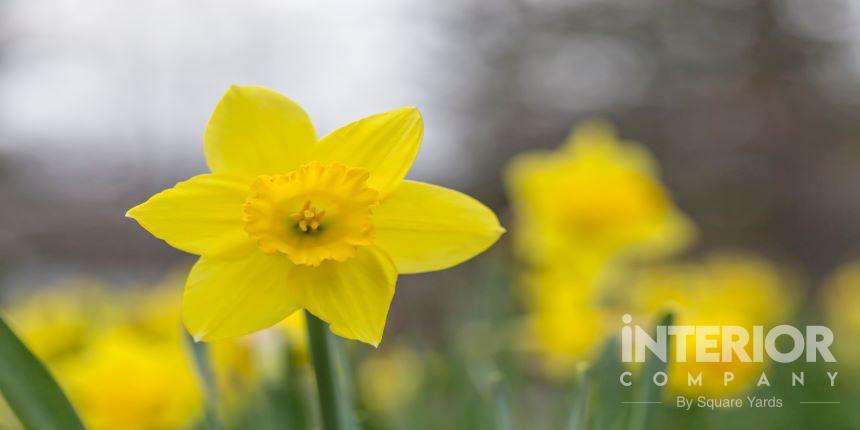
To your surprise, Daffodil comes in 13 different varieties that too with plenty of cultivars within each division. All these types are based on the form of the flower. Below is the list:
- Trumpet: This type of daffodil plant comes with a centre cup that has the same length of its petals and has one bloom in each stem.
- Large-cupped: This variety has a cup with a length of more than one-third of the petals but doesn't come in the same length. They too have one bloom in each stem.
- Small-cupped: Small-cupped daffodils do not have the cup in more than one-third of the length of the petals. Like large-cupped ones, they too come with one bloom in each stem.
- Double: These daffodils consist of clustered cups and petals and have one or more blooms in each stem.
- Triandrus: Triandrus daffodils have hanging bell-shaped flowers, usually featuring two or more blooms in each stem.
- Cyclamineus: These daffodils have swept-back petals, featuring one bloom per stem.
- Jonquilla: Narcissus Jonquillahas small flowers that come with narrow leaves and flat petals. They boast one to three blooms in each stem.
- Tazetta: Tazetta daffodils are dotted with fragrant clusters of florets, boasting over three blooms per stem. The stem and leaves of this variety are also broader than usual.
- Poeticus: Poeticus daffodil or Poet's Daffodil features pure white petals surrounding a flattened cup. The cups of these pretty white daffodils usually have green centers with yellow circles and red rims and boast one fragrant bloom in each stem.
- Bulbocodium: Bulbocodium daffodils boast a 'hoop petticoat' shaped cup and small petals.
- Split-cupped: This daffodil varietal has a cup that is usually halfway split open.
- Miscellaneous: These daffodils do not lie in any category, including inter-division hybrids.
Pro Gardening Tips: How to Water Daffodils?
It is essential to water these plants carefully while planting at least once a week for three weeks. This is the time when plants grow their first roots, and you just cannot miss out on pampering them with enough water. Post the first few weeks, you need to leave them alone till the time they start growing in the spring season. Once the daffodil leaves start to peek out of the soil, they again demand utmost attention and care. Though spring rains are enough to provide good moisture to the plant while they are growing and blooming, you need to water them in case a few weeks go without rain. If you start witnessing the blooms and foliage turning brown, there is no more watering required since it is the period of dormancy when there is a chance of the bulbs rotting due to excess watering.
Potting and Repotting Daffodils

Well, if you plant daffodils in a container deep enough for filling out the roots, they can grow well for up to 3 years. A few easy-peasy steps to successfully plant daffodils in pots are mentioned below. Have a Glance!
- Find a pot that has a diameter of eight to twelve inches and a depth of at least eight inches. As daffodil roots tend to reach down about a foot, it is better to opt for a deeper container. Make sure to go for the one with drainage holes.
- Fill two-thirds of the container with the potting mix.
- Place the bulbs closer together but make sure their points are just below the pot's rim since they should not touch each other.
- Gently cover the bulbs with soil and water.
- Keep the container at a spot where there is cold with a temperature around 40 to 45 Fahrenheit for at least 12 to 15 weeks.
- Make sure to water the plant every time you see dryness in the soil.
- Move the container to a sunny but cold spot post the chilling period. The spot should have a temperature of around 55 to 65 Fahrenheit. Do not stop the watering.
- If you see leaves emerging, you can move the container into indirect sunlight but make sure the spot is cold enough to not let the warm temperatures diminish flowering. Keep watering whenever the soil seems dry.
- Once the daffodil starts to bloom, you can leave the daffodil bulbs in the pot. Move the pot to a spot with shade and keep watering once or twice a week.
- Top it up with a good amount of bone meal or fertilizer.
- If the leaves start dying off, move the pot on its side and leave it to dry out. And then start the process again.
- Although the potted bulbs can bloom for at least two to three years in the pot, the results can be better if they are moved to a place in the ground and potted up with fresh bulbs each year.
Final Thoughts
Get ready to bring carefree, spring bulb sunny yellow bloomers home. Embrace these above-mentioned planting and caring tips of daffodils and get rolling to adorn your home garden like never before.
Ready for a home transformation?
Let our designers assist you!
Recent Posts
Related Category
- Balcony
- Bedroom
- Home Decor
- Living Room
- Outdoors










